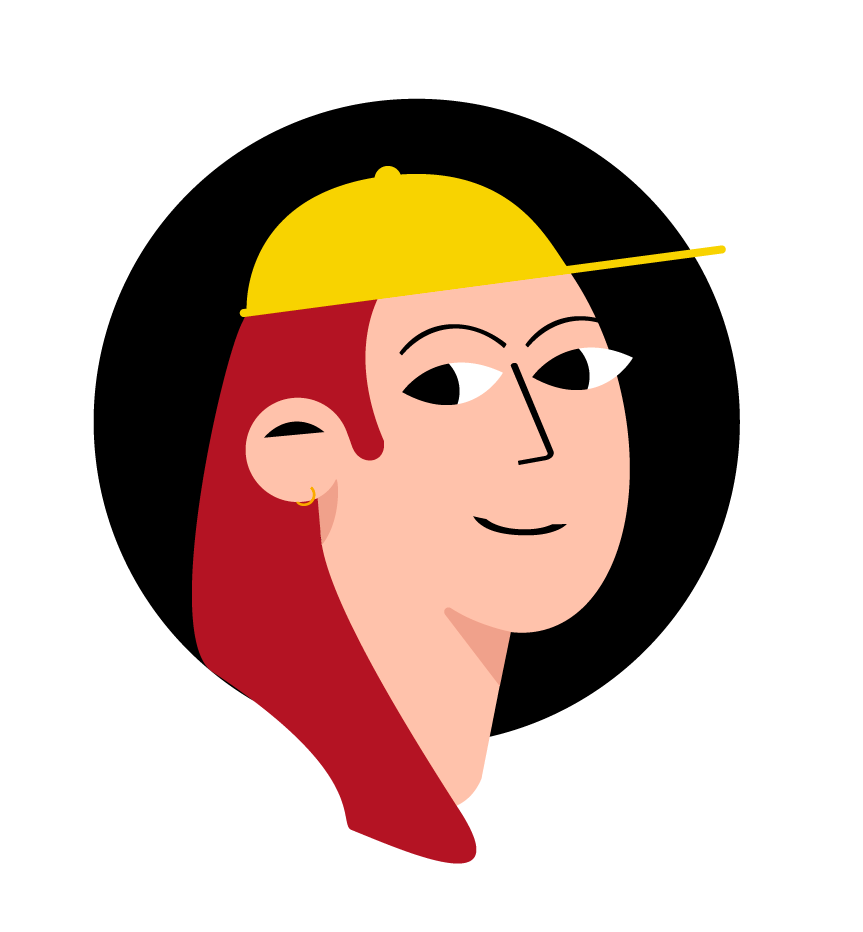Insights for Product Designers from the book BUILD.
I recently finished the book BUILD by Tony Fadell. The book somewhat follows the story of Tony’s professional timeline and along the way he outlines his own personal learnings as well as what others taught him. You can kinda see it as a mentor in a book format. I had my doubts at the beginning chapters of the book as I felt that he failed to recognise or acknowledge most people’s realities and his privileges – at the end of the day he is a CIS-white-male and a genius at that. Not everyone has the means or social privilege to walk down certain paths and make decisions that he addresses as being quite simple. A small acknowledgement towards his and others situations in comparison would have been enough. Regardless of this tone at the beginning – the book is exceptional.
It provides practical insights and frameworks that can be applied across various industries. Tony addresses his real-world experiences in the book – below are my main takeaways from the book through the eyes of a Product Designer:
Start with a Clear Understanding of the Problem.
Tony and his team created something similar to the iPhone, years before the iPhone was invented. It was a failure and did not sell. The problem was, no one needed it. This story demonstrates the importance of understanding the problem and the user’s needs before designing a product. Identify the problem you are trying to solve. This involves conducting extensive research and data gathering to understand the users’ needs and pain points. By understanding the problem, product designers can create products that offer real solutions, rather than just creating products for the sake of it.
Embrace Prototyping Early in the Design Process
There is a huge emphasis on the importance of creating prototypes early in the design process, iterating and refining the product based on feedback. He shares stories about the early prototypes of the iPod, which helped the team identify and solve design challenges as well as understand the user’s experience better. By prototyping early in the design process and considering user experience, designers can ensure that the product is intuitive, easy to use, and meets the needs of the target audience. This is something that I realised whilst working on Barter – in retrospect I wish I had tested my prototype whilst still in the mid-fidelity wireframe.
Balance Aesthetics with Functionality
Creating a product that is both aesthetically pleasing and highly functional requires a deep understanding of materials, manufacturing processes, and user experience design. The book provides insights on how to balance these competing priorities and create products that are both beautiful and functional. Tony shares the story of the Nest thermostat. He and his team set out to create a smart thermostat that would be both easy to use and energy-efficient. They recognized that existing thermostats were difficult to program and confusing for users, so they aimed to create a more intuitive and attractive design. By focusing on both aesthetics and functionality, the Nest thermostat has been a huge success in the market. It has won numerous design awards and has been widely praised for its user-friendly interface and energy-saving features. The story of the Nest thermostat shows that by paying attention to both the form and the function of a product, designers can create products that are not only beautiful, but also highly functional and effective.
Stay Agile and Adapt to Changing Circumstances
The product design process is often unpredictable and can be subject to change. The book emphasizes the importance of staying agile and adapting to changing circumstances.
One example he gives is the development of the first iPod. The original design had a small scroll wheel that could only move in one direction, but during testing, users found it difficult to navigate through long lists of songs. The team realised they needed to change the design to make it easier to navigate, so they quickly adapted the prototype and created a new version with a new circular scroll wheel that could move in any direction. This small change made a huge difference in the user experience and ultimately helped make the iPod a success.
By removing your emotional connection, being willing to make changes to a product feature – a feature that you perhaps spent hours, days, weeks, and months working on – and adapt to new circumstances, product designers can create truly better products that meet the needs of their users.
As a Product Designer we all dream to be part of designing for the future. The book’s real life learnings of how the most disruptive products of our current time were built should be our foundations for building products that our future generations will be proud of.





Leave a Reply